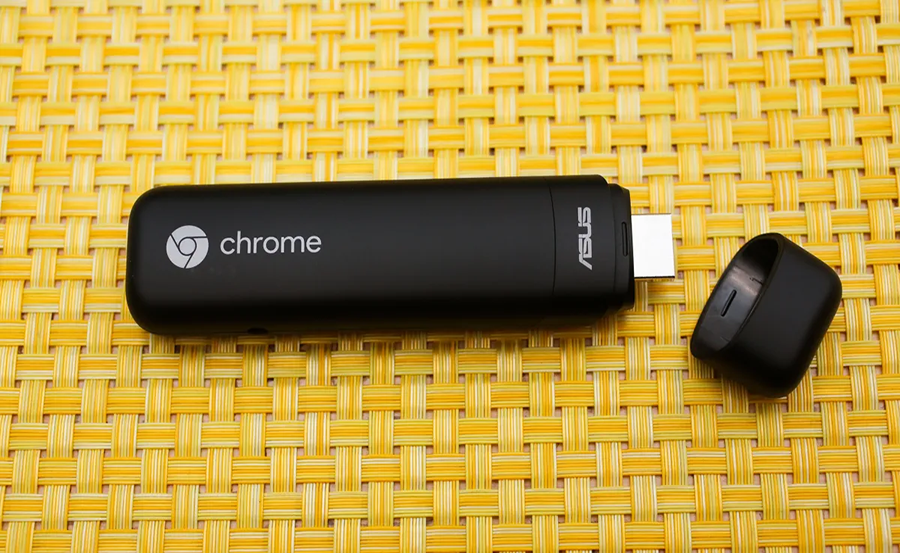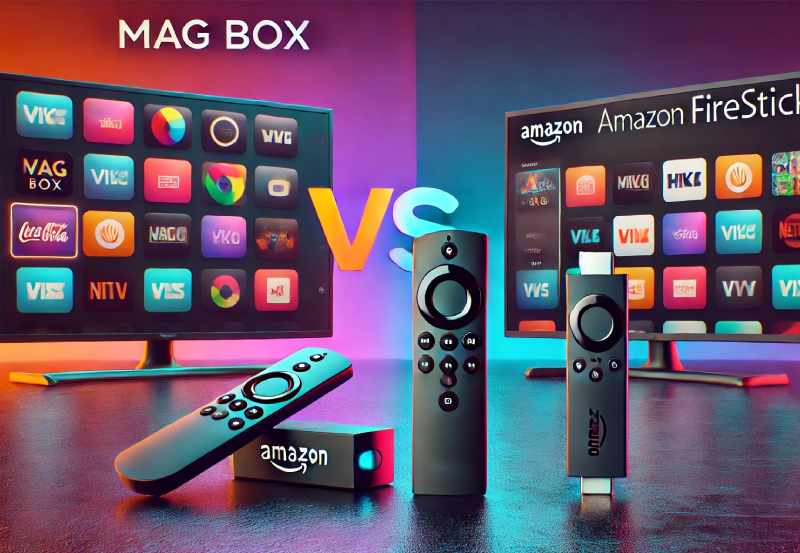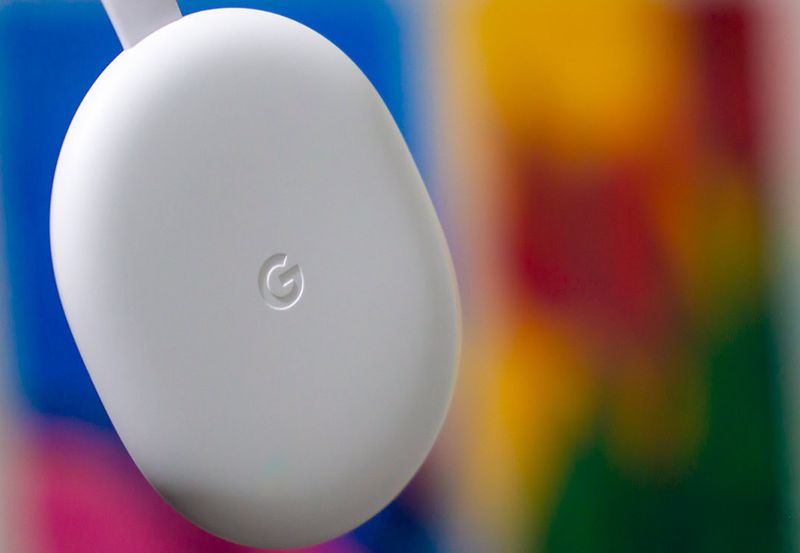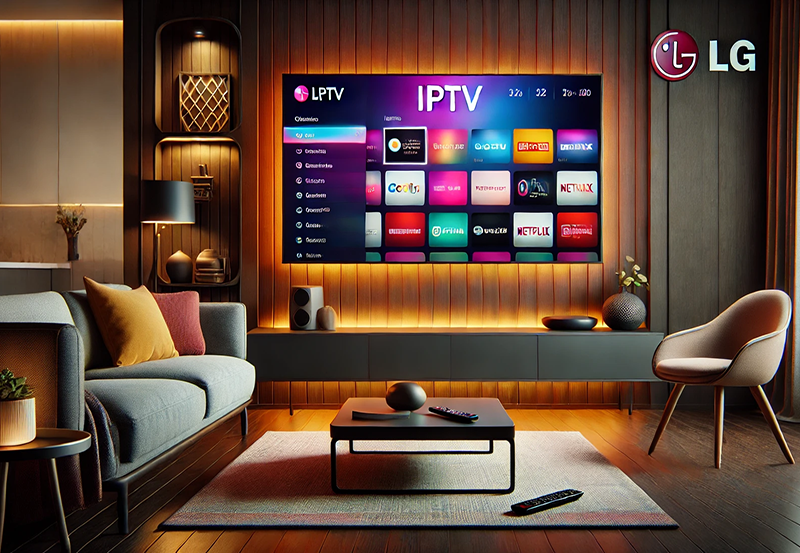In the modern digital world, the power of streamlined, efficient technology cannot be overstated. Amongst the compact and budget-friendly devices, Asus ChromeBit stands out, offering a unique solution to transform any HDMI-enabled display into a computer. Whether you’re diving into work tasks or seeking entertainment like live TV streaming, the performance of your ChromeBit plays a critical role in the user experience. This guide aims to help you optimize your Asus ChromeBit for faster performance, ensuring you can leverage its full potential.
Understanding the Potential of Your Asus ChromeBit
The Asus ChromeBit CS10 is a delightful blend of portability and functionality, allowing users to convert any monitor or TV into a computer. With an ARM Cortex A17 quad-core processor and 2GB of RAM, it effectively handles light to moderate tasks. However, this setup does have its limitations. Understanding what your ChromeBit can achieve forms the foundation of optimization. This section will guide you through the initial setup and ensure your device operates on its best footing from the start.
Setting Up Your ChromeBit for Success
Before diving into performance tweaks, it’s crucial to ensure your Asus ChromeBit is set up correctly. Start by connecting it to your HDMI display and a suitable power source. Once you power it on, follow the on-screen instructions to connect to Wi-Fi and sign in using your Google account. Make sure your internet connection is stable as this impacts everything from browsing to live streaming.
Pro Tip:
Stream live sports and entertainment seamlessly with Top IPTV subscriptions for unparalleled quality and performance.
An ideal setup includes a reliable keyboard and mouse, preferably wireless for convenience. Also, consider a power source that is consistent and supplies appropriate voltage. Even minor inconsistencies in power can affect performance adversely.
Optimizing Settings for Maximum Performance
Once set up, the configuration tweaks are essential to harnessing the maximum potential of your ChromeBit. Here are some recommendations:
- Disable Unnecessary Extensions: Chrome extensions can significantly impact the speed and performance. Disable or remove any extensions you do not use regularly.
- Clear Cached Data: Regularly clear your browser history, cache, and cookies to free up system resources.
- Update Your System: Always keep your Chrome OS updated to the latest version to ensure it benefits from security patches and performance improvements.
Speeding Up Day-to-Day Operations
Beyond the initial setup and configuration, enhancing everyday workflows can drastically improve the Asus ChromeBit experience. This involves both software adjustments and minor hardware considerations. Explore the tips below to maintain a swift and responsive user experience, whether you’re switching between tabs or enjoying IPTV on Roku.
Efficient Browsing Techniques
The Chrome browser is the heart of your Asus ChromeBit, and optimizing how you use it can result in noticeable speed improvements. Consider opening fewer tabs simultaneously and make use of Chrome’s Task Manager (found under More Tools) to identify and close tabs or processes that use excessive resources.
Enable acceleration under Settings if your display setup supports it, as this directs heavy load tasks away from the CPU and onto the GPU, enhancing performance particularly in graphic-intensive tasks.
Utilizing Cloud Services Smartly
Space and hardware limitations are quite inherent with the compact ChromeBit, and leveraging cloud services can provide much-needed relief. Start by using Google Drive and Google Photos for seamless file storage and sharing, thereby keeping local storage lean and efficient.
Additionally, when streaming content or working on collaborative documents, cloud-based services reduce the processing demand on your ChromeBit, enhancing its speed and responsiveness.
Enhancing Streaming Performance for Ultimate Entertainment
Live TV streaming and other online media are among the most popular uses for the ChromeBit. Ensuring smooth playback and minimal buffering is paramount for a satisfying experience. Let’s explore ways to optimize your device specifically for streaming applications.
Optimizing Network Connectivity
An uninterrupted streaming experience relies heavily on a stable and robust network connection. Position your ChromeBit in proximity to your router to minimize interference and ensure it connects directly to the 5GHz band if available. This band is typically faster and less congested.
Moreover, consider upgrading your router to a model that supports the latest Wi-Fi standards. Quality of Service (QoS) settings can also be configured to prioritize streaming data, enhancing the overall quality and performance.
Streamlining Streaming Apps
Several apps dedicated to streaming on the ChromeBit might consume substantial resources. Regularly update these apps and remove any that you seldom use. This practice reduces background operation and preserves system efficiency.
Look for ‘Lite’ or mobile versions of streaming services where available, as these are optimized for devices with limited hardware, ensuring smoother operation without compromising too much on the viewing experience.
Navigating Advanced Options: The Expert’s Guide to IPTV Enjoyment
Integrating IPTV into your entertainment setup can transform the ChromeBit into a viewing powerhouse. While the device’s compact nature may deceive, with proper configuration and optimization strategies, your Asus ChromeBit can deliver remarkable IPTV experiences. Here, we delve into advanced techniques and considerations that solidify its performance.
Choosing the Right IPTV Services
Not all IPTV services are created equal, and choosing wisely can mean the difference between choppy playback and seamless enjoyment. When selecting an IPTV provider, prioritize services known for compatibility with low-power devices and those that offer flexible resolution selection.
Ensure that the service is reputable and supports buffering technologies or options for custom buffering times, which can enhance playback smoothness on devices like the ChromeBit.
Configuring Playback Settings
The way you configure your IPTV playback can significantly affect how content is delivered. Opt for settings that allow for lowered resolution when faced with unstable connections, as this prevents buffering and yields a more consistent viewing experience.
Explore different media players compatible with Chrome OS that are lightweight and effective at handling streaming content. VLC for Chrome OS, for example, is an excellent choice due to its versatile format support and efficient playback capabilities.
Beyond Optimization: Looking to the Future with Your ChromeBit
While current enhancements vastly improve the Asus ChromeBit’s efficiency, future advancements in software and technology promise even greater potential. Staying abreast of these changes and embracing newer features can keep your device capable of meeting tomorrow’s demands. Here’s how to prepare and make the most of what’s to come.
Embracing Software Innovations
Keep an eye on Chrome OS updates and upcoming features. Google frequently rolls out improvements that can optimize power and resource management, directly benefiting a device like the ChromeBit. Enroll in beta testing to access new features ahead of others, gaining an edge on performance-enhancement tools and updates.
Regularly reviewing new apps and productivity tools developed specifically for low-spec devices can also introduce more efficient ways to leverage your setup, bringing functionalities that once seemed out of reach.
Hardware Upgrades and Alternatives
Eventually, you might consider expanding your setup beyond the ChromeBit itself. Investing in peripheral upgrades, such as high-speed external storage for quicker access to large files, can notably augment performance without abandoning the convenience of your device.
Another path might be exploring alternative Chromebooks or micro-computers that build on the strengths of the ChromeBit but offer more room for intensive applications or advanced functionalities as needed.
Interactive FAQ: Enhancing Your ChromeBit Experience

What are the benefits of using IPTV on my Asus ChromeBit?
Using IPTV on your Asus ChromeBit provides a compact, cost-effective way to stream an extensive range of content directly to your TV or monitor. With proper configuration, your ChromeBit seamlessly handles IPTV, offering clear video playback and access to international TV channels, movies, and more.
How can I troubleshoot performance issues on ChromeBit?
If your ChromeBit experiences performance issues, start by inspecting your Wi-Fi connection and ensuring that your OS is up-to-date. Removing unnecessary extensions and clearing cache can also free system resources, improving speed and efficiency.
Can I enhance the processing power of a ChromeBit?
Unfortunately, the hardware limitations of ChromeBit mean traditional upgrades such as RAM or CPU enhancements aren’t feasible. However, leveraging cloud services, efficient extension management, and external peripherals can help improve perceived processing capabilities.
Do performance boosters really work on a Chrome OS device?
While performance booster apps might claim to improve speed, they often run continually in the background, consuming more resources. Instead, focus on manual optimizations and keep your system tidy and updated for better results.
Is using a wired internet connection an option for ChromeBit?
Yes, if wireless internet proves unreliable, using a USB-to-Ethernet adapter can offer a more stable and faster connection for your ChromeBit. This method bypasses Wi-Fi limitations, especially in streaming scenarios or when handling large files.
A Beginner’s Guide to Gse IPTV Application Navigation





